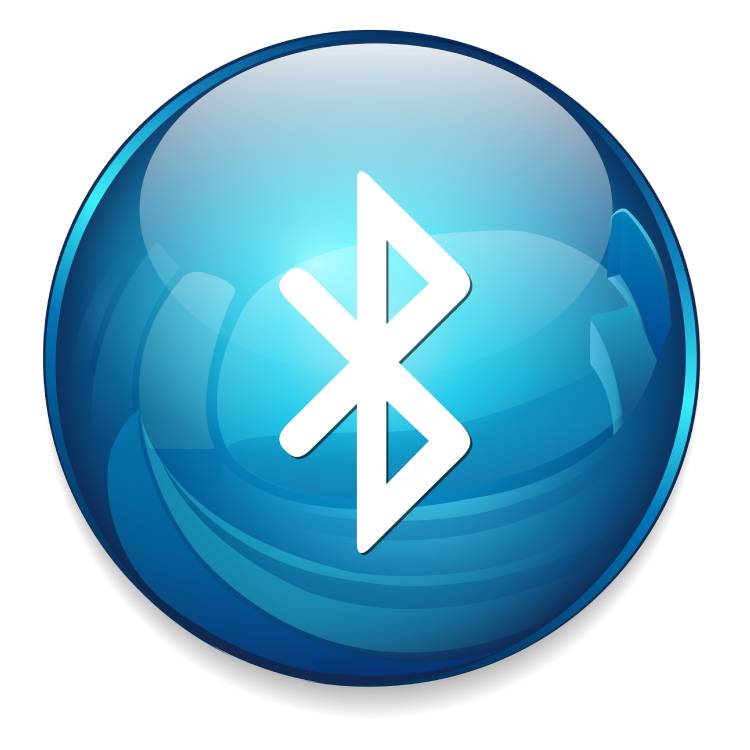This website uses cookies so that we can provide you with the best user experience possible. Cookie information is stored in your browser and performs functions such as recognising you when you return to our website and helping our team to understand which sections of the website you find most interesting and useful.
Bluetooth-Enabled Hearing Aids

Just like you can connect wirelessly to the internet, Bluetooth-enabled hearing aids help connect hearing aids to other Bluetooth devices. Connecting your hearing aid directly to a sound source in this way can significantly enhance the quality of sound received by the hearing device. Bluetooth technology now makes this possible. It helps transmit sound waves directly to the hearing aid in the form of electronic signals. You can comfortably listen to music, take phone calls, watch a favorite TV show, or follow routing instructions on a GPS device with a Bluetooth-enabled hearing aid. Bluetooth technology wirelessly streams sound directly from the electronic device to your hearing aid and provides clear sound without interference.

Bluetooth accessories can connect with all types of hearing aids. Whether you have the behind-the-ear (BTE), mini BTE, in-the-ear, or in-the-canal type of hearing aid, finding a compatible Bluetooth device for it is possible. However, the manufacturer you choose may offer more varieties for one style over another. It is therefore advisable to shop around for one that fits your preference and budget.
Benefits of Bluetooth-Enabled Hearing Aids
The most significant advantage of connecting your hearing aid to directly stream sounds from another device (like your phone or tablet) is that the sound quality will be greatly enhanced. As the newest technology that aids people with diminished hearing, it has proved to be a successful means to make the world more accessible for hearing aid users. Additionally, Bluetooth-enabled hearing aids ensure uninterrupted sound without static or feedback.
Disadvantages of Bluetooth-Enabled Hearing Aids
While sound quality and clarity with Bluetooth-enabled hearing aids are a definite advantage, Bluetooth-enabled devices also have a couple of drawbacks. Usually, when the Bluetooth feature is in use in hearing aids, the microphone inside it may not be as sensitive to other sounds. While this improves sound quality for the device from which sound is streaming, it lowers the volume of other ambient sounds and noises. The setting may be adjustable depending on the type of hearing device in use. Your hearing specialist can advise you on it.
Additionally, users will need to carry the Bluetooth transmitter as an extra accessory on their person. The transmitter connects to the electronic device and sends wireless signals from the device to your hearing aid. However, the transmitter works only when it is within signal range of the electronic device.
Another minor disadvantage is that Bluetooth-enabled hearing aids require some technology setup. However, this can be handled by your hearing specialist or by a family member who is comfortable with technology.
Bluetooth-Enabled Hearing Aids at Advanced Audiology Care
If you are interested in Bluetooth-enabled hearing aids, call Advanced Audiology Care at (848) 231-6637 to schedule an appointment with Dr. Fan. For your convenience, you may also request an appointment online.
During your consultation, let Dr. Fan know of the listening situations you are in each day and the types of devices you use throughout the day. Ask to see a hearing aid and streaming device to experience a real-time demonstration.
See how Bluetooth-enabled hearing devices could make your daily interactions with others a better experience.


